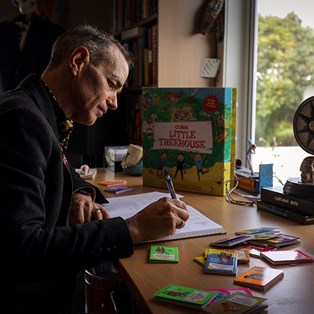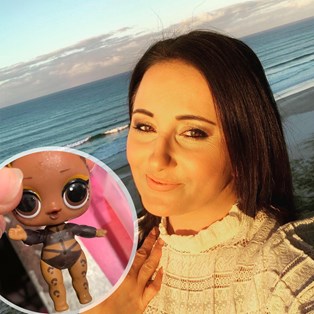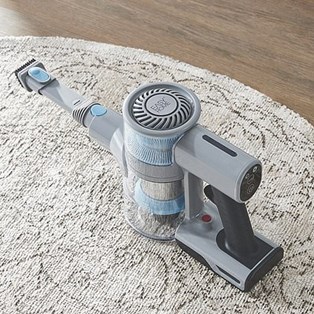Myth Busting: How to Alleviate Asthma in Children
By Rebel Wylie
Digital Editor, Parenting / April 04 2023
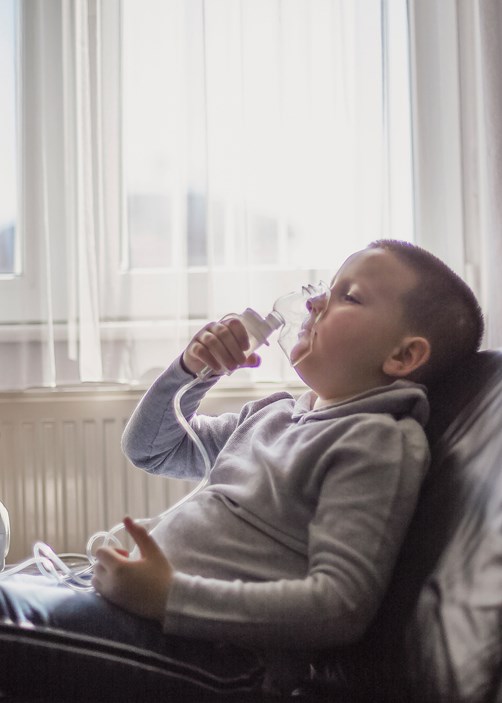
We spoke with Pharmacist, Eric Chan who has shared some of the most common myths about asthma, and whether they’re true or not.
By Rebel Wylie
Digital Editor, Parenting / April 04 2023
Did you know that an estimated 10 percent of Australian children aged 0-14 years suffer from asthma. Since asthma can display a variety of symptoms in children from different causes, it’s important to be aware of what these can be.
There are many different myths and understandings of asthma. This National Asthma Awareness Week, we spoke with Eric Chan, Head of Pharmacy at Blooms The Chemist, who has shared some of the most common myths about asthma, and whether they’re true or not.
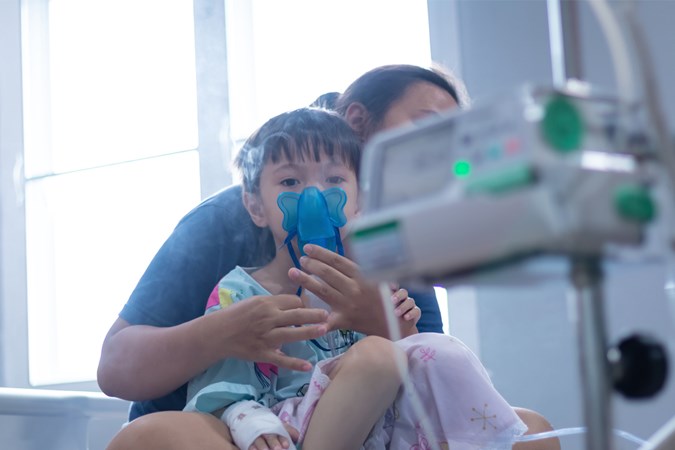
10 percent of Australian children aged 0-14 years suffer from asthma.
Myth 1: Your child will only need their puffer during an asthma attack.
There are two types of puffers - relievers and preventers. A reliever puffer treats asthma symptoms as soon as they start flaring up to help avoid a full-blown asthma attack. If a child is having an asthma attack, a reliever puffer can also help to relieve symptoms. A preventer puffer is meant to be taken daily, working in the background to ease any inflammation or sensitivity in your child’s airways.
Treatment for your child depends on their symptoms and age, and should be monitored regularly with a dedicated healthcare professional. It is important to follow your healthcare professional’s advice and your asthma action plan regarding your child’s puffers.

Eric Chan, Head of Pharmacy at Blooms The Chemist, busts the childhood asthma myths.
Myth 2: Any type of cough could be a sign or symptom of asthma.
This myth can be especially confusing for new parents. While coughing is a major symptom of asthma, there are two types of coughs and only one type is caused by asthma.
The first type of cough is a productive cough. The purpose of this cough is to remove foreign bacteria and mucus from the lungs. This type of cough is not necessarily a symptom of asthma.
The second type of cough is a dry or non-productive cough that causes the swelling and constriction of the airways. This is the most common type of cough in asthma sufferers as the constriction of the airways may also produce a high-pitched wheezing that follows an asthma cough.
Myth 3: Children with asthma should avoid all types of exercise.
A recent Norwegian study has found that regular cardiovascular exercise, such as running, may actually improve asthma symptoms in children.
However, care should definitely be taken in winter months as cold, dry air can irritate the airways, especially if your child’s lungs are already in an inflamed state. When exercising outdoors, make sure your child has reliever medication 15 minutes before warming up, and keep a watchful eye on any symptoms.
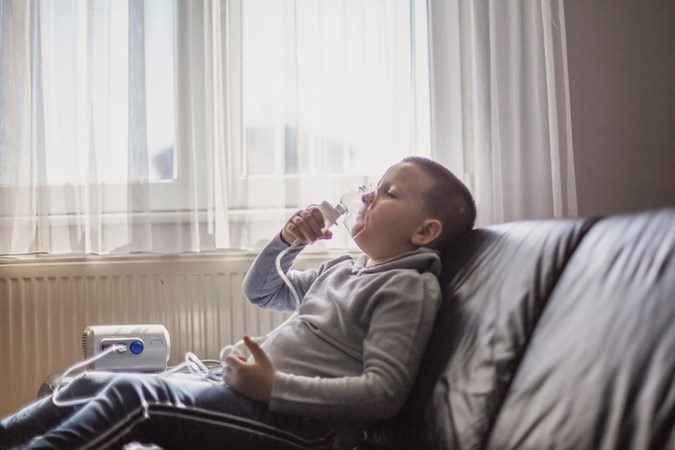
Treatment for your child should be monitored regularly with a dedicated healthcare professional.
Myth 4: Most asthmatic children will outgrow their symptoms by the time they reach adulthood.
Asthma is experienced by people of all ages. Although some asthmatic children may experience a decline in symptoms by the time they reach adulthood, the asthma can return at any time.
It’s important to manage your child’s asthma in a way that’s comfortable for them and based on the severity of their condition. Working together with your local healthcare professional can help to manage your child’s symptoms.







